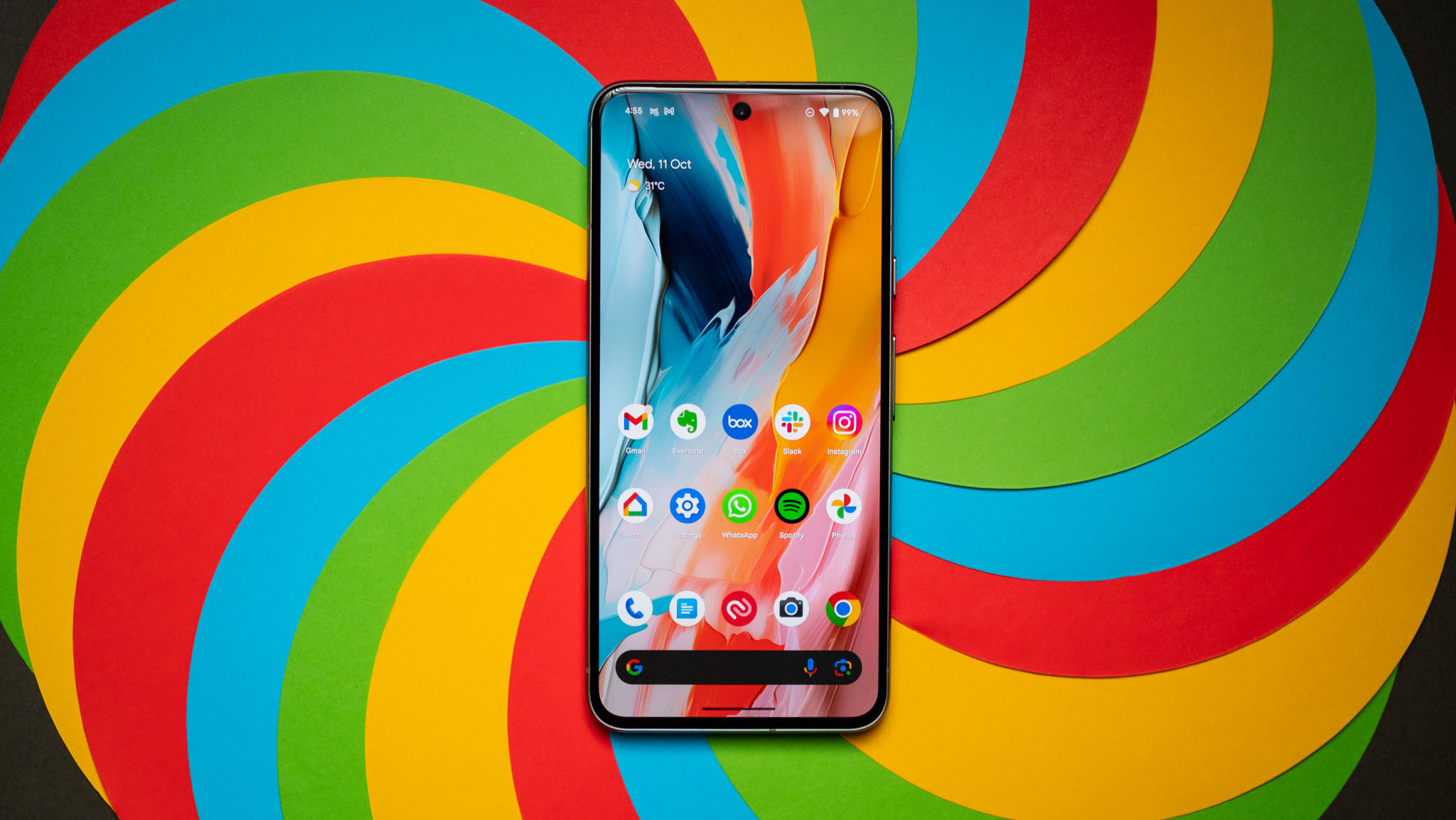Google is making the same hardware mistakes in India
Google just doesn't seem to have a handle on its hardware strategy in India.

Google has an interesting relationship in India: the search giant uses the emerging markets as a testbed for its latest software innovations, whether that's in Search, YouTube, Maps, or Pay. But it's an entirely different story when it comes to Google hardware; India gets a tiny sliver of the products in Google's hardware portfolio, and the brand continues to fumble key product launches.
The latest issue is with the Pixel 8 series. While both the Pixel 8 and 8 Pro are available in India, not all variants have made it across. The 256GB version is available only on the Pixel 8, and the Pixel 8 Pro is limited to the 128GB model in the country. This is wholly inadequate for a flagship in 2023, and in just a week's worth of use, I already crossed more than half the available storage on my Pixel 8 and 8 Pro.
I don't quite understand the reasoning behind not launching the 256GB version of the Pixel 8 Pro in the region; if anything, it would have made more sense to limit the standard Pixel 8 to 128GB and introduce the 256GB option with the Pixel 8 Pro instead. Google did something similar with the Pixel Watch 2; while the smartwatch is available in India this time — unlike its predecessor — you can only buy the Bluetooth-enabled model, and not the cellular variant.

Then there's the issue of pricing. While the Pixel 8 and 8 Pro cost $100 more in the U.S., they're retailing for significantly higher in India. The Pixel 8 ₹75,999 ($912) in the country, ₹16,000 ($192) more than its predecessor, and the Pixel 8 Pro is available for ₹1,06,999 ($1,285), which is ₹22,000 ($264) more than the Pixel 7 Pro. Google is the only major brand to still sell imported versions of its phones in India, but that doesn't suggest why the new Pixels cost that much more than earlier models.
Another quibble is the pre-order bonuses — or lack thereof. Google launched the Pixel 8 and 8 Pro in 21 regions globally, and all of these markets had some form of pre-order incentives to the tune of $200 to $350 when buying either device. That's not the case in India; the only offer Google rolled out in the country is slashing the price of the Pixel Watch 2 by half when buying the Pixel 8 or 8 Pro.

If that weren't enough, Google hobbled the hardware on the Pixel 8 series; while most other countries get a Wi-Fi 7 modem, that's limited to Wi-Fi 6 in India. So not only are customers in the region paying a lot more and not getting enough for their money, but they also have to make do with inferior hardware. It's no wonder that Google continues to struggle when it comes to hardware sales in the country.
This haphazard attitude is why it's difficult to recommend Google products in India — there's no guarantee that future devices will even debut in the region. Google didn't launch the Pixel 4, Pixel 5, or Pixel 6 in India, and that ultimately meant that customers using the Pixel 2 or Pixel 3 had to look elsewhere when it was time to upgrade their phones.
Get the latest news from Android Central, your trusted companion in the world of Android
To its credit, Google says that it is partnering with local manufacturing partners to produce its best phones in India, and that should allow the brand some leeway with pricing — it's another matter if it decides to pass those savings on to customers. The move suggests Google is taking India more seriously as a potential market for its hardware business, but it'll be a while before it can regain consumer trust.

Harish Jonnalagadda is Android Central's Senior Editor overseeing mobile coverage. In his current role, he leads the site's coverage of Chinese phone brands, networking products, and AV gear. He has been testing phones for over a decade, and has extensive experience in mobile hardware and the global semiconductor industry. Contact him on Twitter at @chunkynerd.
